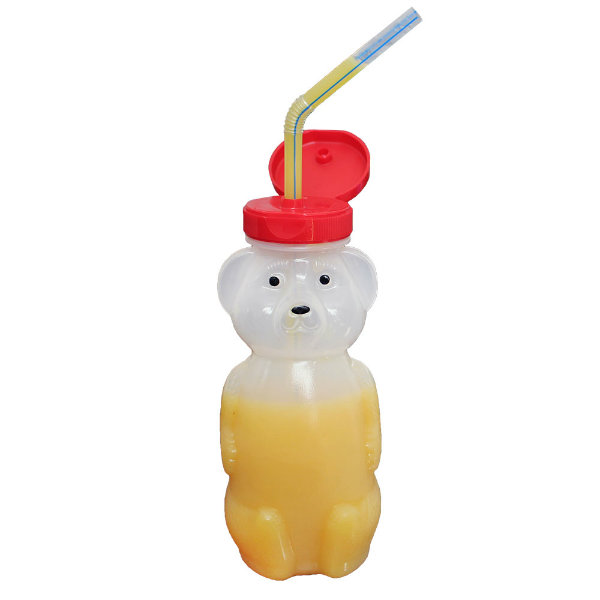Transitioning from Bottle to Cup/Straw Drinking
Posted by Debra C. Lowsky, MS, CCC-SLP on 7th Nov 2012
Question: I am an OT and a new mom to my 6-month-old daughter. We have just started introducing solid foods, but she drinks from only a bottle. I was wondering if you had any tips for transitioning from bottle to cup. I have heard mixed reviews regarding sippy cups...
.
I am not against using the right sippy cup as an intermediate step to teach cup drinking. However, I find that many parents are not using them as a transition cup, but rather as a convenient, no-spill option. Their convenience leads to prolonged use - usually to the exclusion of cup and straw use. And without cups/straws, the lips, cheeks, tongue, and jaw may not learn to function correctly. When drinking from a straw, the lips are extended and maintain a good seal, the tongue is retracted, and the cheeks assist. Straws exercise the oral musculature, promoting proper development for feeding and articulation.
Now, your daughter is a little too young for straw drinking, but you can teach her cup drinking first. The Pink Flexi Cup is the easiest way to go. It has a cut-out section for the nose so that you can more easily see what is going on as she drinks. Make sure she is sitting upright with her head straight (not tilted back or forward) and her feet supported. Pour some liquid inside the cup and squeeze so it flows toward the middle of the cup. Show her the liquid and then place the edge of the cup up to her mouth. Allow a couple drops to touch her lips. This will teach her that liquid also comes from a cup, not just a bottle. Once she understands this concept, she should easily learn to drink from a cup with practice. When liquids are too thin for early learners, you can use baby food or applesauce instead. Or a combination of juice and baby food for the right consistency.
At about 8 months of age, you can start working with her on straw drinking. ARK's Bear Bottle makes this transition very easy. It comes with a special valve that keeps the straw full of fluid, thereby making drinking easier for beginners or individuals with poor oral motor skills. Simply squeeze the bear's belly until the straw is full of fluid. Then give it an extra squeeze onto a napkin so she can see that liquid comes out of a straw. Place the straw just inside her mouth and squeeze a small amount of liquid into her mouth. Repeat until she gets the idea that she needs to suck to drink. When she is ready, squeeze the fluid only partially up the straw, stopping a short distance below the top. Because the liquid isn't as high in the straw, it will require slightly more effort to drink. Once she becomes comfortable drinking from this distance, lower the level of liquid again and repeat.
Debbie
Debra C. Lowsky, MS, CCC-SLP
.

